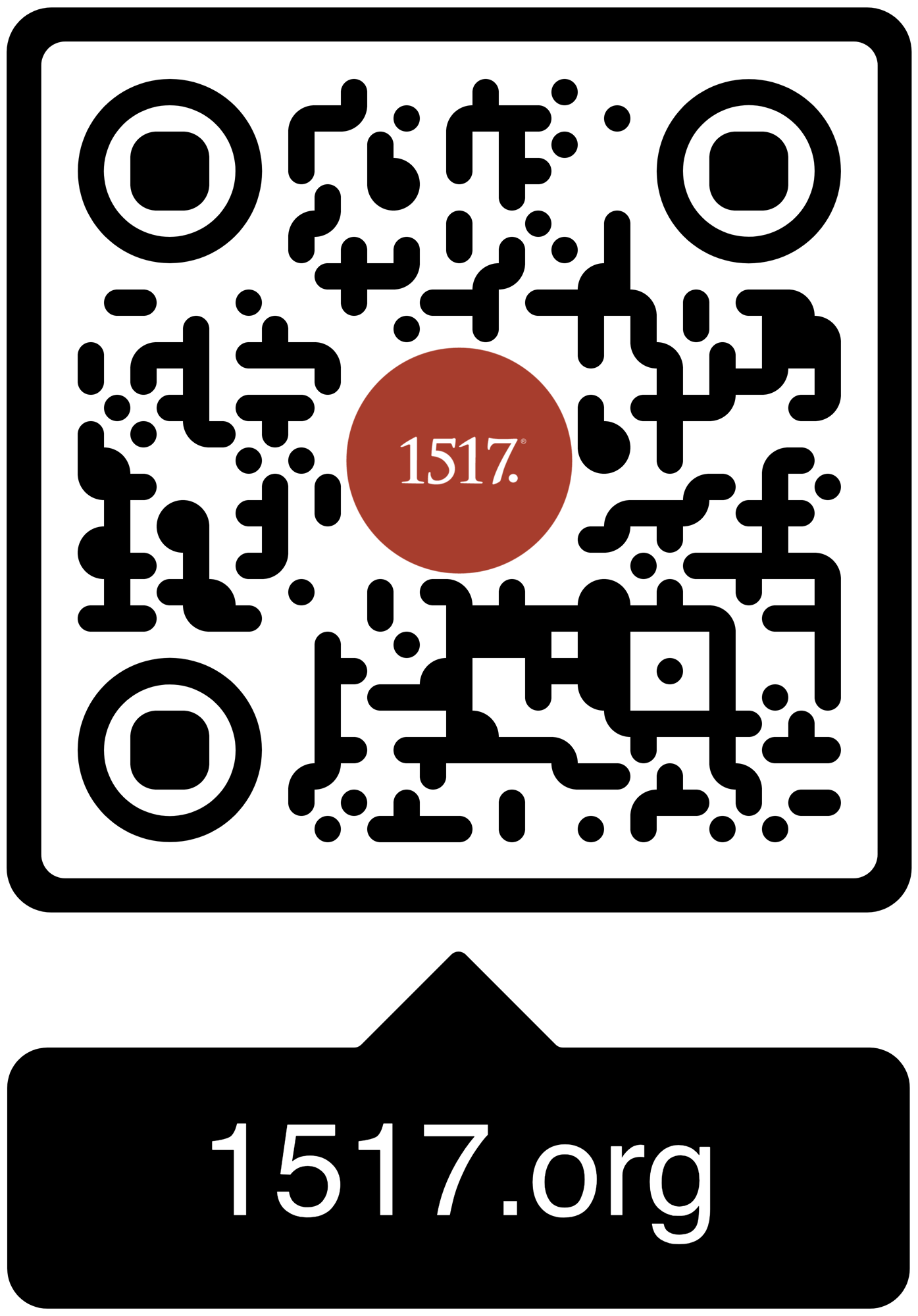Was Jesus ambitious or unambitious? We have to say that the answer is…yes.
12/05/25
It is death that deserves derision, not the disciple who reaches through sorrow for his Lord.
12/04/25
Illness is not romantic. It is not a test, a metaphor, nor a blessing in disguise.
All Articles
Author
- All Authors
- 1517 Guest Contributor
- 1517 Publishing
- 1517 Staff
- A. A. Just Jr.
- A.J. Vega
- Aaron Boerst
- Adam Francisco
- Adam Stetson
- Amy Mantravadi
- Andrew Foss
- Anthony DiLiberto
- Blake Flattley
- Bob Hiller
- Bob Sundquist
- Bonnie Petroschuk
- Brad Soenksen
- Bradley Gray
- Brandon Hanson
- Brandon Pangman
- Brennan Manning
- Brian W. Thomas
- Bror Erickson
- Bruce Hillman
- C.S. Lewis
- Caleb Keith
- Chad Bird
- Charles E. Fry
- Christopher J. Richmann
- Cindy Koch
- CJ Armstrong
- Craig Donofrio
- Dan Chrismer
- Dan van Voorhis
- Dan Weber
- Daniel Deen
- Daniel Emery Price
- Daniel Stenberg
- David Clay
- David Rufner
- David Schmitt
- Debi Winrich
- Delwyn Campbell
- Dominick Santore
- Donavon Riley
- Edward Killian
- Elyse Fitzpatrick
- Erick Sorensen
- Gage Jordan
- Gerhard Forde
- Grant Klembara
- Greg Koukl
- Gretchen Ronnevik
- Haroldo Camacho
- Hermann Sasse
- Jacob Corzine
- Jacob Smith
- Jake Allstaedt
- Jared C. Wilson
- Jason Lane
- Jason Lang
- Jason Oakland
- Jay Sawrie
- Jeff Mallinson
- Jeffrey Pulse
- Jenifer Mohan
- Jessica Delgado
- Jessica Thompson
- Jim Nestingen
- Joel Fitzpatrick
- Joel Hess
- Joey Goodall
- John Bombaro
- John Bortulin
- John Chrysostom
- John T. Pless
- John W. Hoyum
- John Warwick Montgomery
- Jonathan Ruehs
- Jordan Spina
- Joshua Miller
- Justin Rossow
- Karen Stenberg
- Kathy Morales
- Katie Koplin
- Kelsi Klembara
- Ken Sundet Jones
- Kerri Tom
- Kevin Hale
- Kevin McClain
- Kyle G. Jones
- Larry D. Hughes
- Laura Bauer
- Luke Kjolhaug
- Magnus Persson
- Mariah Coward
- Mark Jasa
- Mark Mattes
- Mark Pierson
- Martin Luther
- Matt Johnson
- Matt Kroelinger
- Matt Popovits
- Matthew L. Rubinstein
- Michael Berg
- Michael Gibney
- Nicholas Hopman
- Nicholas Kallis
- Norman Nagel
- Paul Dunk
- Paul Koch
- Pete Lange
- Peter Nafzger
- Philip Bartelt
- Raleigh Sadler
- Rick Ritchie
- RJ Grunewald
- Robert Farrar Capon
- Robert Kolb
- Rod Rosenbladt
- Roland Ehlke
- Ron Hodel
- Russ Lackey
- Ryan Couch
- Ryan Matthias
- Ryan Stevenson-Cosgrove
- Ryan Tinetti
- Sam Leanza Ortiz
- Sam P. Schuldheisz
- Sarah Crowder
- Scott Davis
- Scott Keith
- Scott Landrum
- Seth Moorman
- Steve Byrnes
- Steve Kruschel
- Steven A. Hein
- Steven Paulson
- StoryMakers NYC
- Tanner Olson
- Tate Barber
- Ted Rosenbladt
- Travis Scholl
- Tyler Cronkright
- Uwe Siemon-Netto
- Valerie Thur
- Wade Johnston
- Walter Hwang
- Wayne Sender
- Zack James Cole
07/17/22
What pressures or dangers are these particular people, in this particular place, facing right now which keep them from being “rooted and built up” in Christ? What is keeping them from “abounding in thanksgiving”?
07/14/22
History is the painful realization that we aren’t the ones who can save the world but, rather, we’re the ones who get saved.
07/12/22
In the place of God, Marx sets the material, autonomous, self-creating man.
07/10/22
We can see this as a foreshadowing of how the LORD always comes to His people—the people do not come to Him. So, it is God who sent His Son to us, His Promised One, up close and personal.
07/10/22
But it is not always helpful to create tidy categories of good and bad and to say, “Stop being ‘a Martha’ and do a better job of being ‘a Mary.’” That is a dangerous sermon to preach. In doing so, we can fall into the very thing we see Martha doing.
07/10/22
What might be a unique challenge of this text is how our preaching of it might itself resonate with its mystery. It goes to a broader question: How can we retain a sense of the “mysterious” in our preaching of mysterious texts?
07/08/22
Neomonasticism—that is, the idea that church work is more important than regular work—implies that God cares more about the spiritual than the physical.
07/03/22
[Because] of the relationship of presence the LORD has with His people, His holiness ‘gets on them,’ and, as a result, this is what their life now looks like because the holy LORD is their God.
07/03/22
Paul is giving thanks for the reality that the gospel grows just as much in the little places as it does in the centers of power.
07/03/22
The parable of the Good Samaritan is both a call to faith in Jesus and a call to love our neighbor.
07/01/22
Following Jesus, we gimp our way down the dark and slippery paths of life. As we do, we discover, ironically, that the longer we follow him, the weaker we become, and the more we lean on our Lord.
06/27/22
The worship service is less like servants entering the throne room to wait on the king’s needs and more like a father joining his family around the dining room table.
1517 is a Christian non-profit (501(c)3) multi-media organization. Our mission is to declare and defend the Good News that we are forgiven and free on account of the death and resurrection of Jesus alone.





1517 grants permission for our free online resources to be printed, photocopied, and otherwise used freely for private and church use. We require that authorship and source (1517.org) are referenced and maintained. These resources may not be sold or included in any publications for sale.


